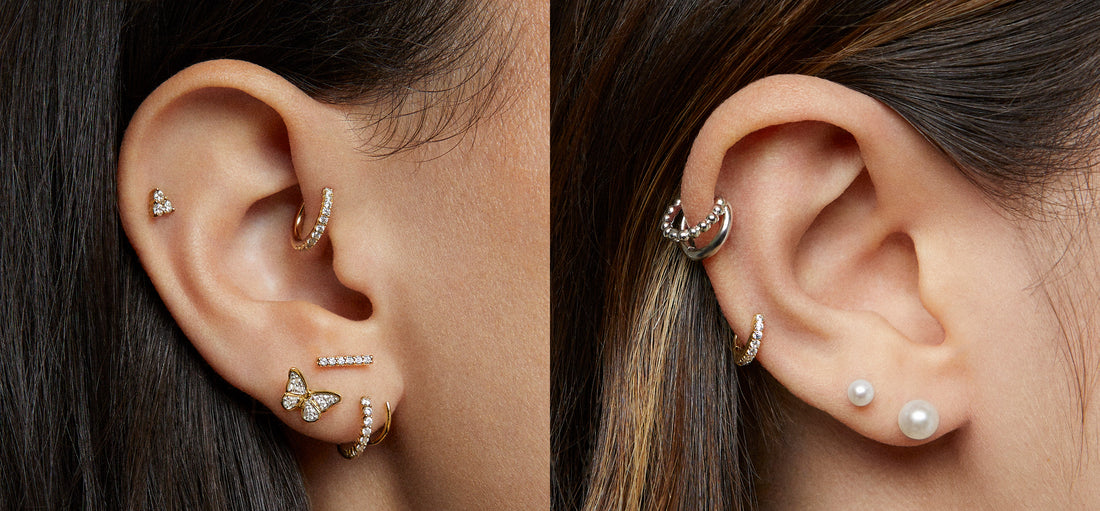Why Do Hypoallergenic Earrings Still Hurt My Ears?

When you opt for hypoallergenic earrings, the expectation is clear: comfort and style without the sting. But what happens when those carefully selected, skin-friendly pieces still cause discomfort?
Navigating the world of hypoallergenic earrings when you have sensitive ears can be complex, but it’s not without solutions. The importance of making informed choices cannot be overstated. With the right knowledge and a cautious approach, you can find the perfect earrings that are both stylish and comfortable.
Remember, your comfort is paramount, and there are options available to ensure you can wear your favorite accessories without the pain.
Understanding Signs of Irritation
From pollen to cats to nuts to metals, allergic reactions look different depending on the allergen. When allergic to nickel or other common irritants in jewelry, reactions may include rashes, itchy patches, redness, and swelling.
Understanding Hypoallergenic Earrings
The term “hypoallergenic” suggests a reduced risk of allergic reaction. For earrings, that typically means steering clear of nickel, brass, copper, and zinc. These options often contain materials like stainless steel, titanium, or gold, which are considered safer for sensitive skin. But the promise of hypoallergenic doesn't guarantee a reaction-free experience.
The Challenge for People With Sensitive Ears
For those with sensitive ears, the quest for comfortable earrings can be frustrating. Ear sensitivity can be caused by various factors, from genetic predispositions to dermatological conditions like eczema. Hypoallergenic earrings aim to reduce the risk of allergic reactions, but can't eliminate the risk entirely.
Potential Reasons Behind Discomfort
Nickel Traces and Cross-Contamination
Even the slightest presence of nickel can trigger a reaction for some, and cross-contamination during the manufacturing process can introduce this unwanted element into your hypoallergenic earrings. Cross-reactivity with other metals, such as cobalt, can also occur, leading to the same uncomfortable symptoms.
Other Irritating Materials
It's not always nickel that's the culprit. Other materials, even in small quantities, can lead to discomfort. In some cases, even high-quality metals like gold can trigger allergic reactions in those with sensitivities to the substance. Identifying personal triggers is essential by noting which materials cause a reaction and which do not.
Low-Quality Hypoallergenic Earrings
Sometimes, the issue is quality. Earrings from dubious sources may be labeled hypoallergenic without adhering to any standards. These low-quality pieces might contain a mix of metals, with irritants hidden beneath a thin veneer that wears away over time. This is why it’s essential to purchase quality jewelry from reputable stores such as Rowan.
Tips for Earring Wearers with Sensitive Ears
Proper Earring Care
Good hygiene and regular earring maintenance can prevent unwanted reactions. Clean your earrings as recommended and always handle your ear piercings with clean hands. If an infection does occur, proper aftercare is essential to prevent further irritation.
Patch Testing
Before committing to a new pair of earrings, perform a patch test. Gently rub the earring against a less sensitive part of your skin (like the inner wrist) and monitor for any reaction, such as redness and itchiness. This simple test can save you from discomfort and disappointment.


